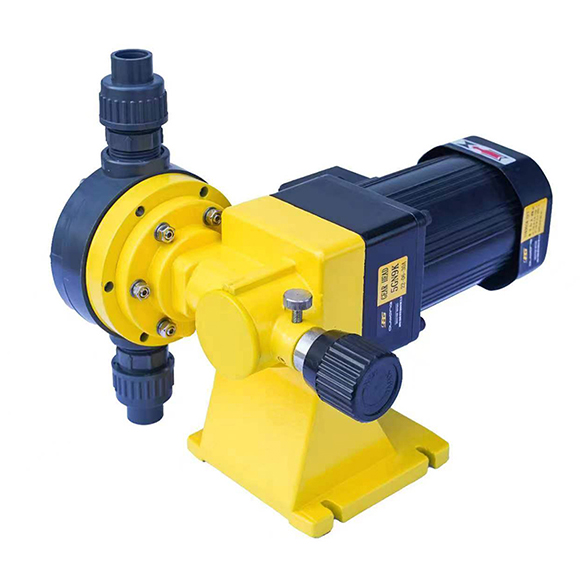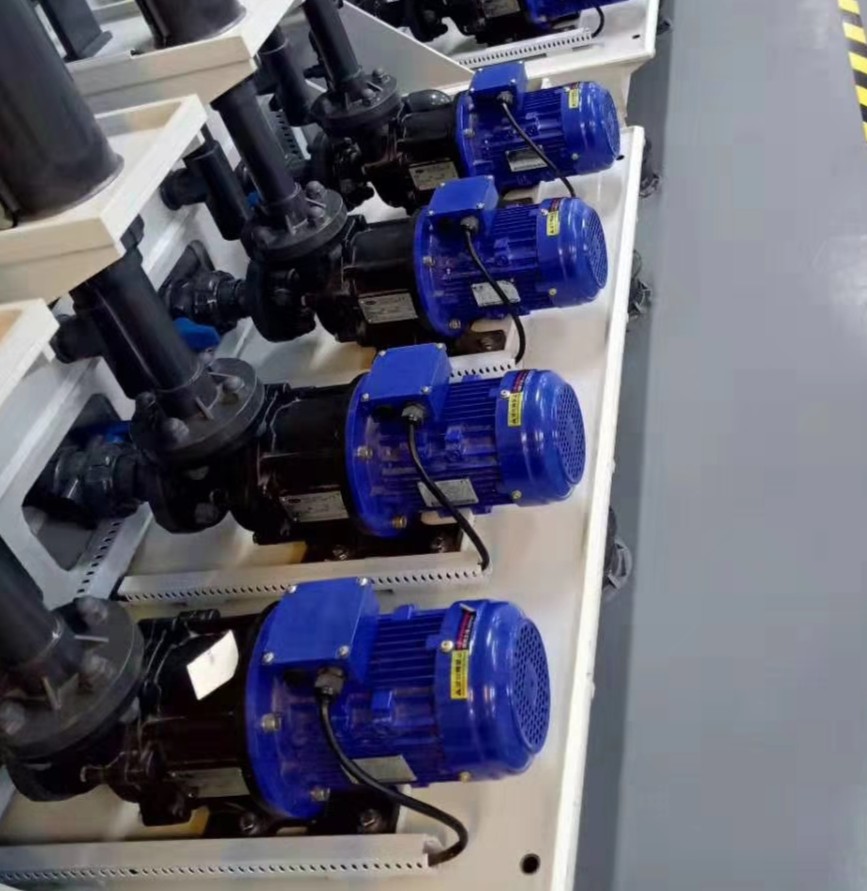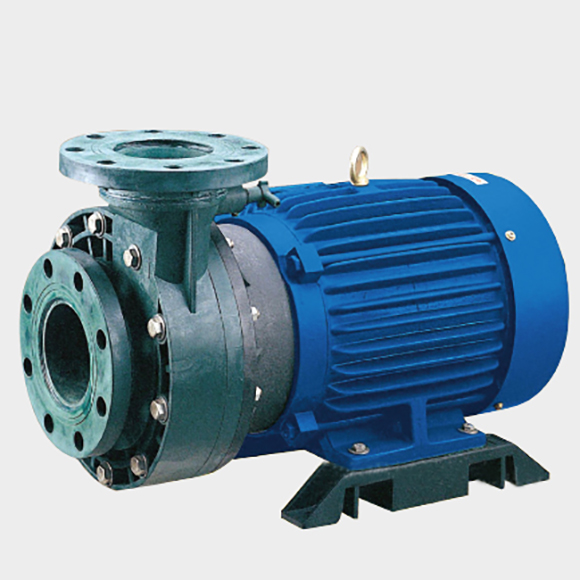Flow rate is one of the core indicators for measuring the performance of a stainless steel large self-priming pump. This article provides an in-depth and easy-to-understand explanation of what pump flow rate is, the key factors affecting it, and how to select the appropriate flow rate based on actual needs to ensure efficient and stable equipment operation.
In fields such as industrial production, agricultural irrigation, and municipal water supply and drainage, stainless steel large self-priming pumps have become indispensable key equipment due to their corrosion resistance, strong self-priming capability, and high flow output. However, many users lack a thorough understanding of the most important parameter—“flow rate”—when selecting or using these pumps. Today, we will focus on explaining this concept.

1. What is Pump “Flow Rate”?
Simply put, flow rate refers to the amount of liquid a pump can transport per unit of time. It is typically measured in cubic meters per hour (m³/h) or liters per minute (L/min). For example, a self-priming pump labeled with a flow rate of 100 m³/h means it can pump 100 cubic meters of water per hour.
Understanding flow rate is the first step in selecting a water pump, as it directly determines the pump’s working efficiency and whether it can meet your operational requirements.
2. What Factors Affect the Actual Flow Rate?
You may notice that the rated flow rate of a pump differs from the actual flow rate during use. This is because the flow rate is not fixed; it is constrained by the following key factors:
Head (Water Delivery Height and Pipeline Resistance): This is the most critical factor. The higher the head and the greater the pipeline resistance, the more work the pump needs to do to overcome these, resulting in a corresponding decrease in flow rate. The pump’s “performance curve chart” clearly shows the inverse relationship between flow rate and head.
Self-Priming Height and Pipeline Length: Higher suction lifts and longer suction pipelines increase resistance to water absorption, also leading to flow loss.
Medium Characteristics: The viscosity and solid content of the liquid being transported can affect the flow rate. The more viscous the liquid, the poorer its fluidity, and the lower the actual flow rate.
Pump Wear: After prolonged use, wear on components such as the impeller and pump body reduces the pump’s efficiency, leading to a decrease in flow rate.
3. How to Select the Right Flow Rate for Your Project?
When selecting a stainless steel large self-priming pump, avoid the “bigger is better” approach. A flow rate that is too small will not meet demand, while one that is too large can cause motor overload, increased energy consumption, and equipment wear.
Define Your Requirements: First, calculate how much liquid you need to transport per hour. For example, how many acres of land need irrigation or the volume of a tank that needs to be emptied.
Consider Pipeline Losses: When calculating the required head, be sure to include the resistance losses caused by pipeline bends, valves, etc.
Refer to the Performance Curve: Request the pump’s performance curve from the supplier and find the flow rate corresponding to your required head. This flow rate is what you will actually achieve.
Allow for a Margin: It is recommended to reserve a 10%-15% margin above the calculated flow rate requirement to accommodate unexpected situations or future increases in capacity.
Conclusion
Correctly understanding and selecting the flow rate of a stainless steel large self-priming pump is key to ensuring smooth project progress and reducing operating costs. Our company specializes in producing various types of stainless steel self-priming pumps. With extensive technical experience and a professional team, we can provide the optimal flow rate and model selection solution based on your specific working conditions, ensuring every pump operates efficiently and durably under optimal conditions.







